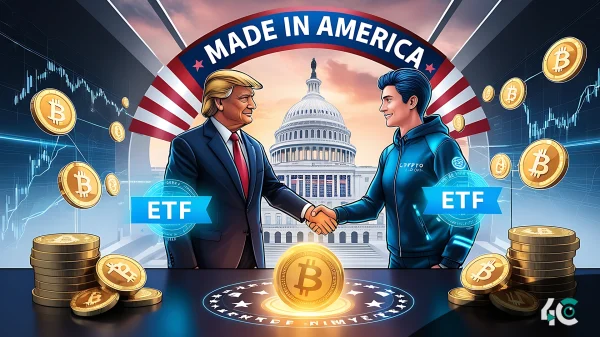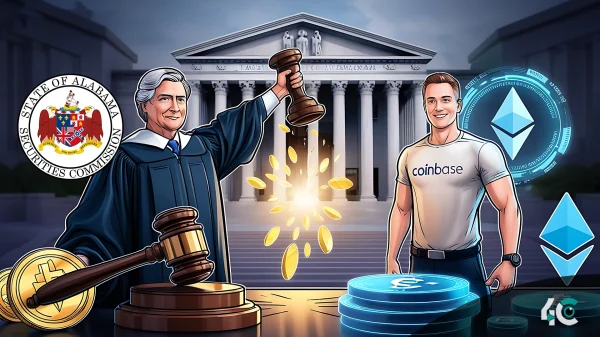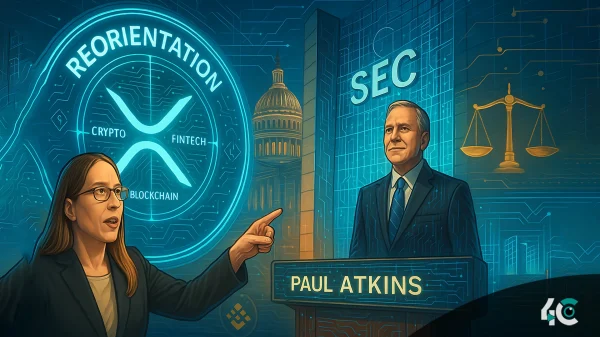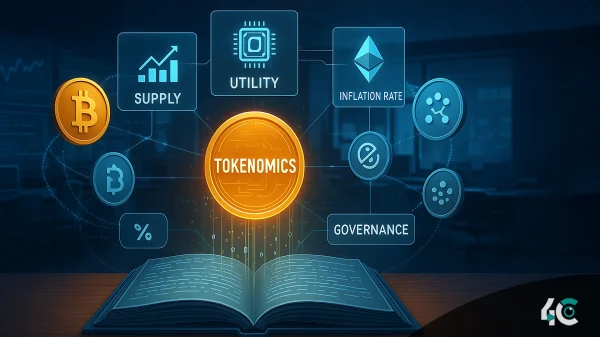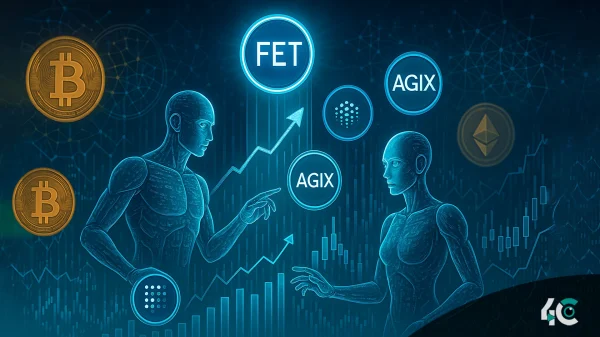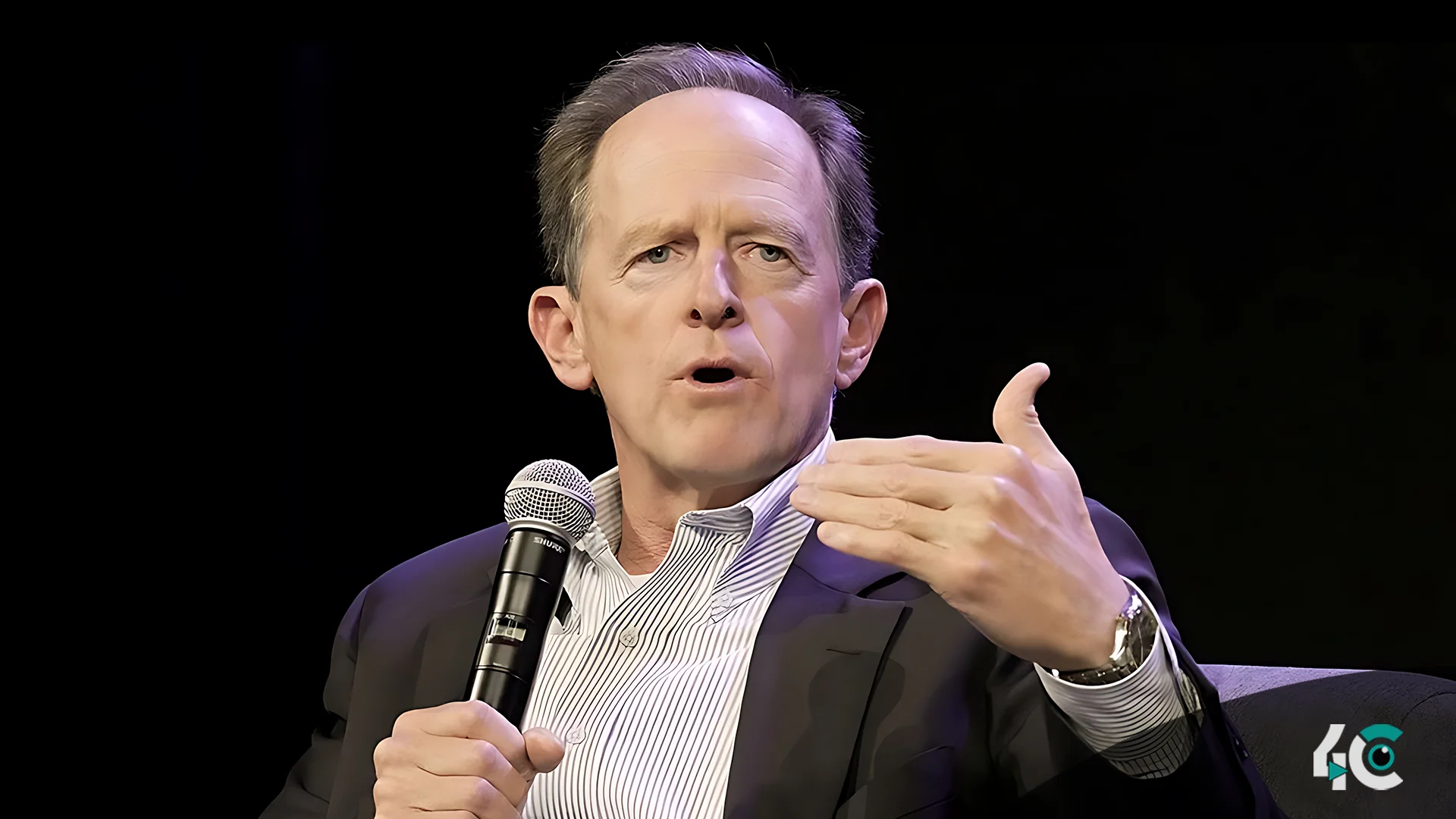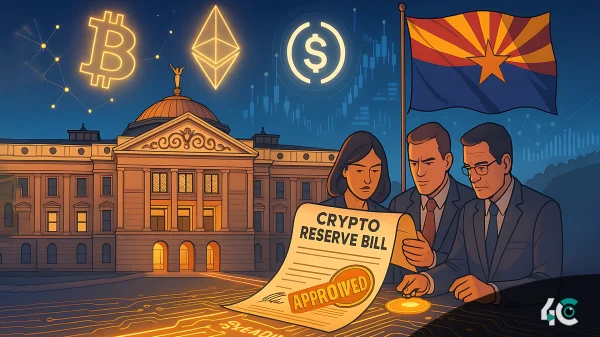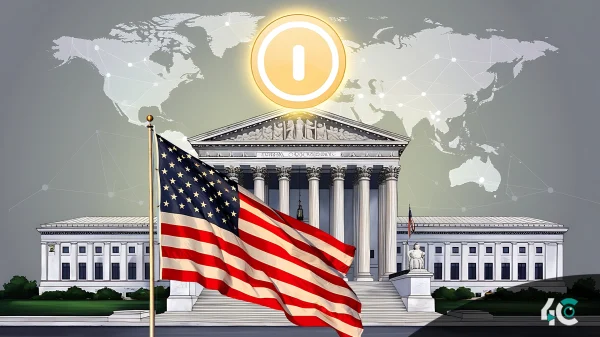Pat Toomey highlights difficulties in regulatory attempts for stablecoins. Former U.S. senator Pat Toomey has identified several critical issues that the US must address before crafting clear and practical stablecoin laws. Legislators are under growing pressure to provide a structure that guarantees stability and safeguards investors as the stablecoin market continues to grow, reaching a market valuation of nearly $174 billion in November 2024.
Toomey voiced worries in a recent interview over a number of important topics, such as identifying the proper regulatory jurisdiction, establishing suitable reserve requirements, guaranteeing bank deposit insurance, and handling failing stablecoin companies. Toomey is especially concerned about the Federal Reserve’s role in regulating stablecoins because he feels the central bank does not naturally promote the technology.
Toomey is optimistic that the political will to enact stablecoin legislation will grow in spite of these obstacles. He anticipates progress in 2025 after resolving other pressing legislative issues like the budget and administration appointments.
Within the cryptocurrency market, the demand for a thorough stablecoin regulatory framework is growing. Prominent individuals, like Chris Dixon of the venture capital firm a16z, have cautioned that in the absence of clear regulation, the industry may experience severe crises that might have far-reaching economic effects. Dixon underscored the potential for another significant collapse, akin to the FTX disaster, if stablecoin regulations remain unclear.
Furthermore, stablecoin issuers are becoming more and more influential in the larger financial markets. As stablecoins overcollateralize their fiat-backed tokens, demand for Treasury bills and other government securities is rising. Experts are speculating that in order to handle the growing demand, a more structured, permissioned blockchain would be required.
The Clarity for Payment Stablecoins Act, which would regulate smaller stablecoin issuers at the state level, is one of several pieces of legislation that lawmakers are examining as they get ready for the upcoming congressional term. A more organized and secure stablecoin industry might start in 2025 as regulatory clarification becomes a primary focus.


